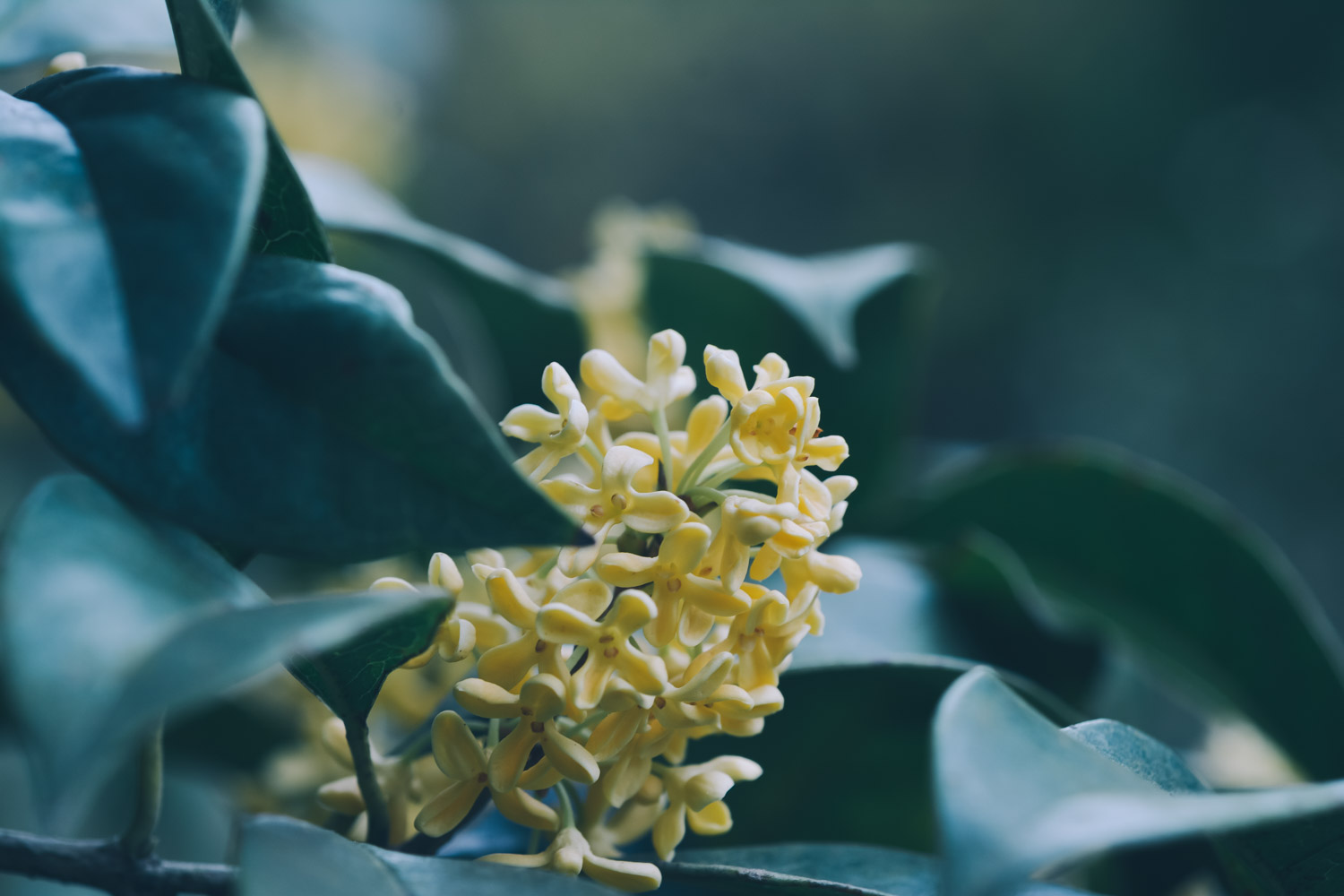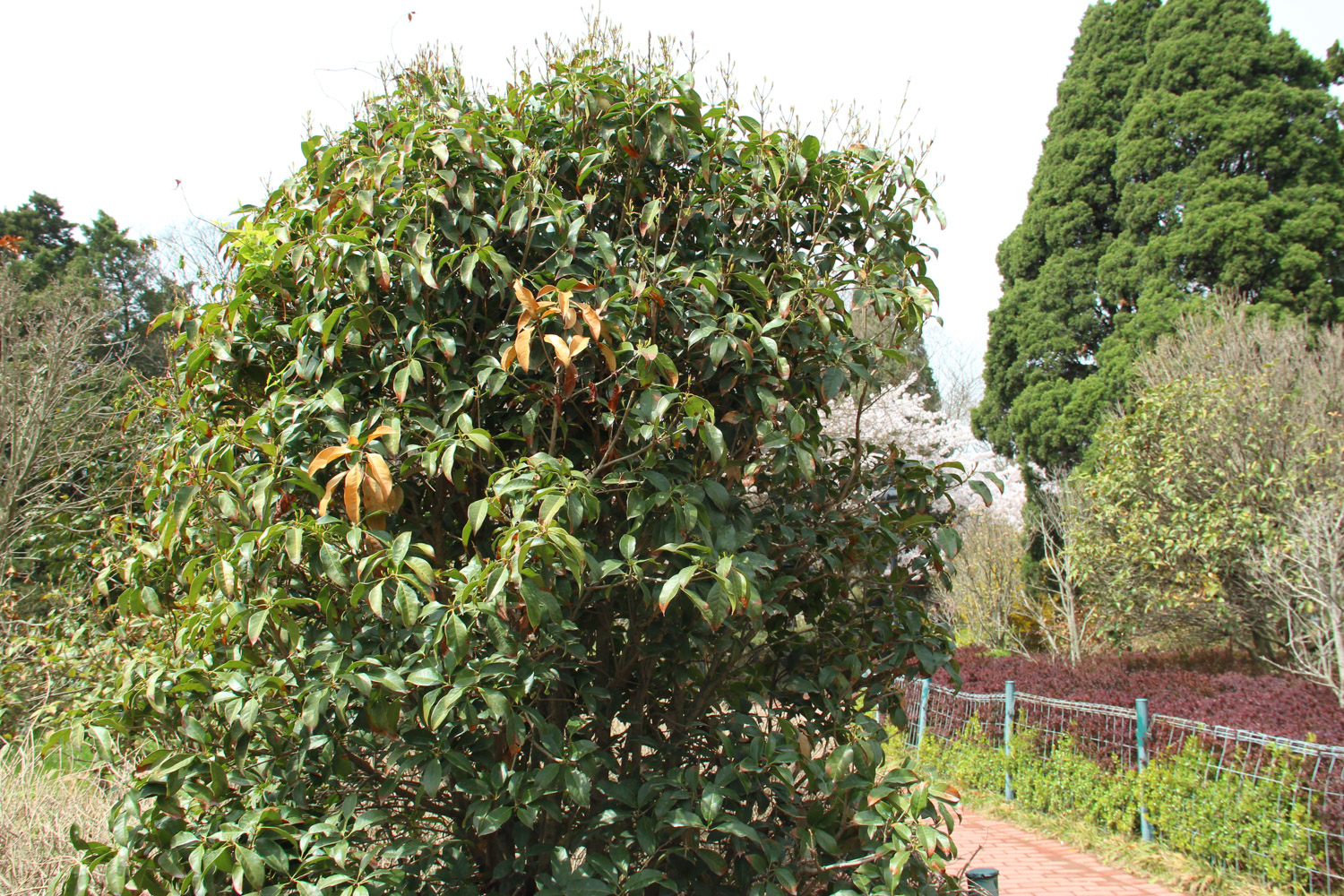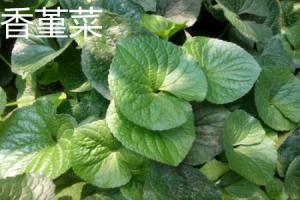Not pruning the whole plant
It is suitable for the primary stage of Osmanthus fragrans modeling in young tree stage. It mainly includes twisting and pulling branches. The former artificially softens the twigs at the initial stage of growth, so as to change the growth direction and adjust the position. Pulling branches is to control the growth direction of thick annual branches by means of iron wire and nailing wooden piles to the ground

Small trim
The first is to pick the heart. Remove the twigs with 3 or 4 leaflets at the top of the branches to promote multi branching, which is suitable for growing vegetative branches. Note that you must pinch the branches. If you only pinch the leaves, it will have no effect. Secondly, short cutting is the work of growing branches in a year. After pruning, more than half of the branches are retained, which can promote the growth of buds in the upper part of the branches and promote multi branching. Then re cutting is to keep less than half of the annual branches. After pruning, the dormant buds at the lower part of the branches can be activated, and it is likely to form new long branches or become flowering branches in the future. Finally, the retraction work is for a long branch that is more than two years old. Cut off the part growing in the previous year, replace the branch group, promote multiple branches, and effectively control the flowering part, so as not to extend year by year

Large pruning
This method is suitable for the renewal of old Osmanthus fragrans. After the first two kinds of pruning, it will not have a great impact on the whole tree shape, but large pruning is likely to change the original tree shape beyond recognition. It can also be used in combination with grafting< span>

 how many times do yo...
how many times do yo... how many planted tre...
how many planted tre... how many pine trees ...
how many pine trees ... how many pecan trees...
how many pecan trees... how many plants comp...
how many plants comp... how many plants can ...
how many plants can ... how many plants and ...
how many plants and ... how many pepper plan...
how many pepper plan...






























